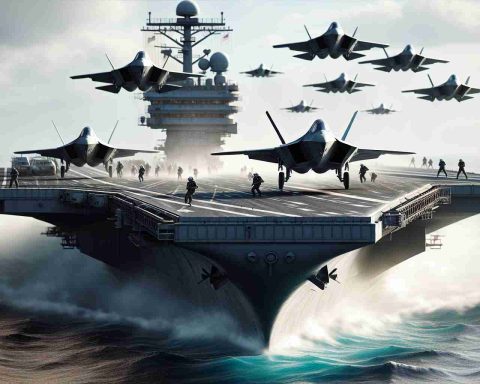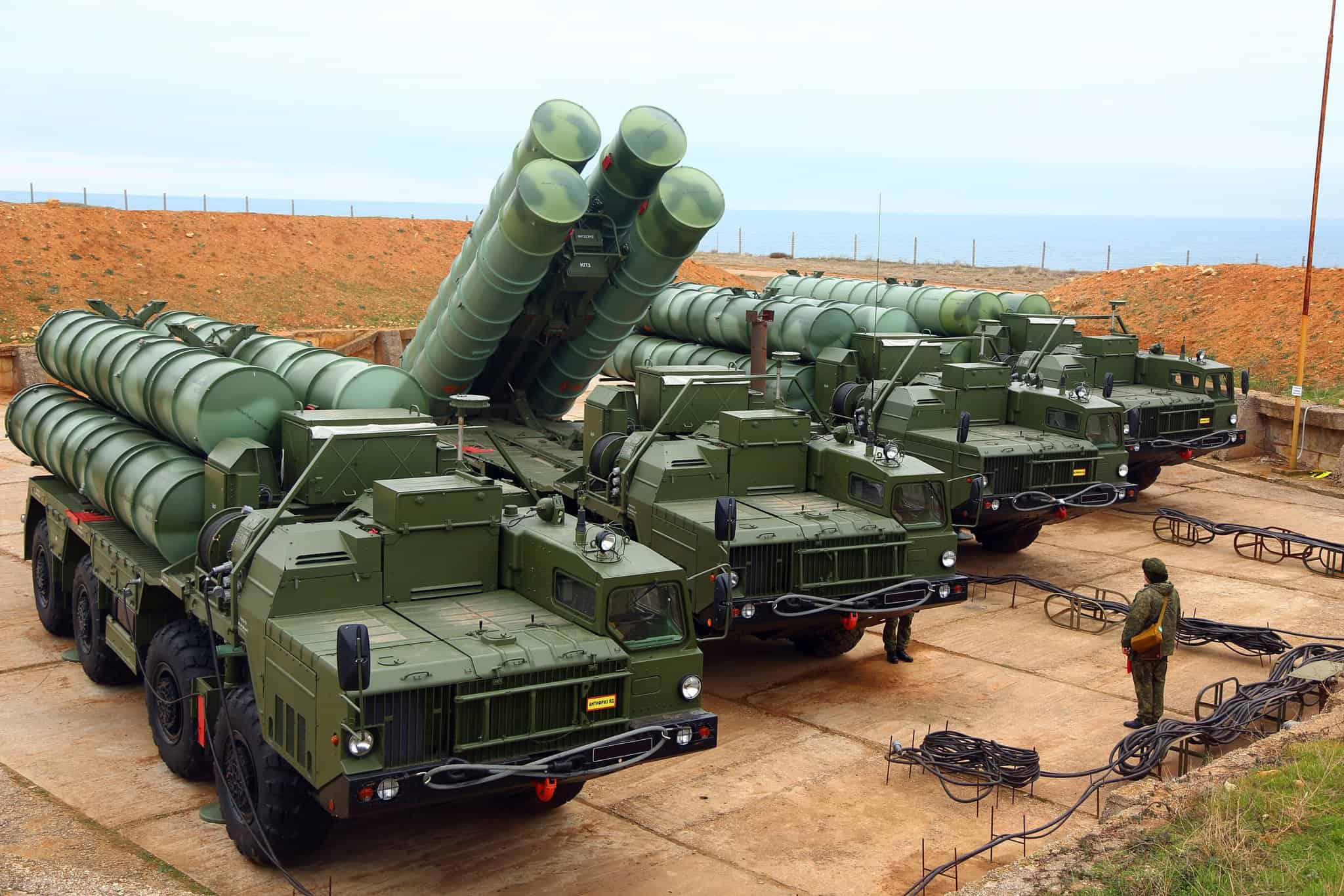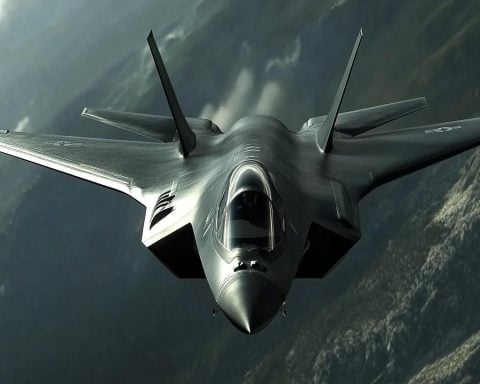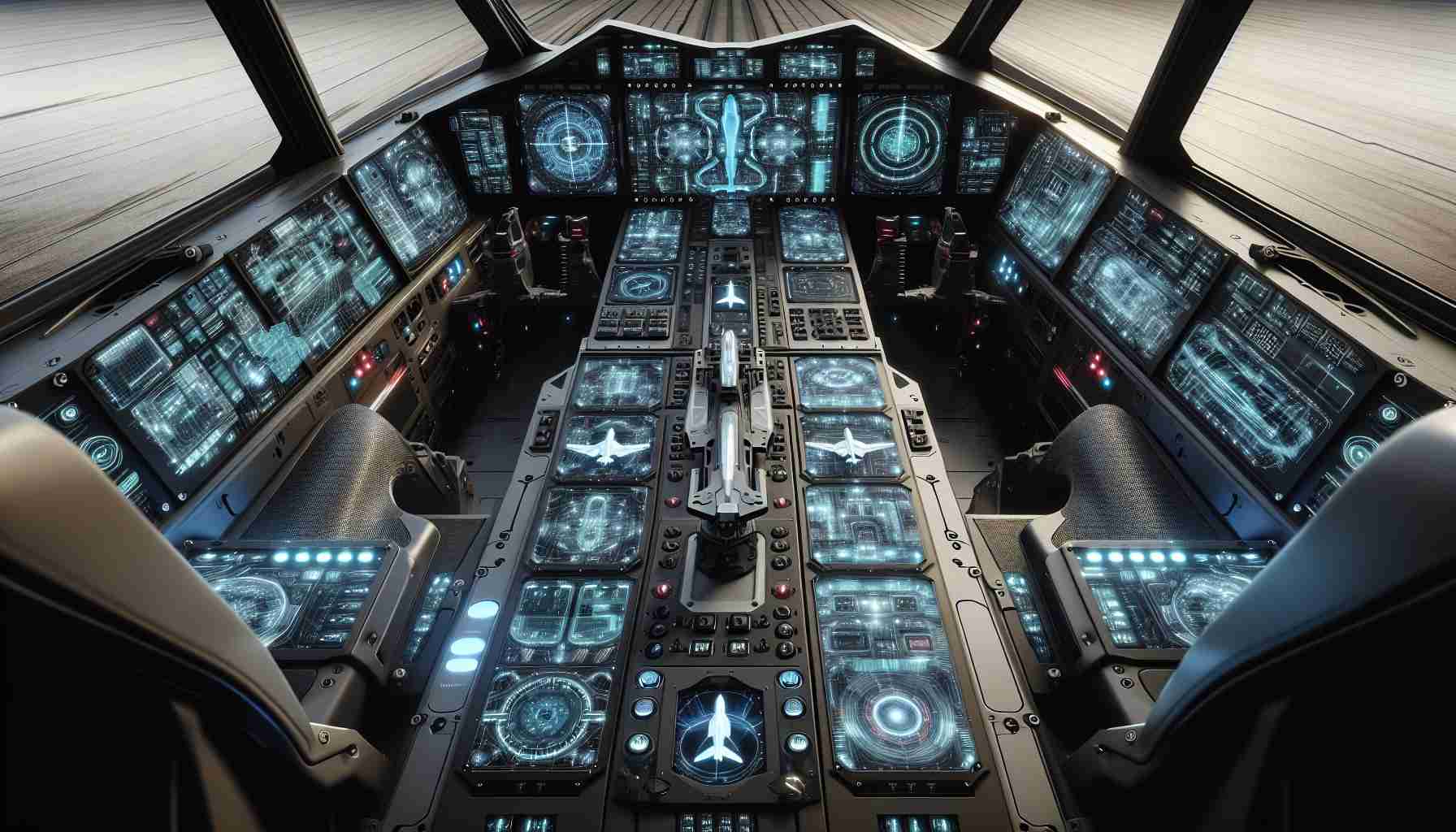The F-2 Viper Zero, a remarkable aircraft developed for the Japan Air Self-Defense Force (JASDF), stands out as a prime example of advanced technology and design in the realm of multirole fighters. This aircraft is not only a testament to Japan’s industrial capabilities, but it also plays a crucial role in the nation’s aerial defence strategy, reflecting a unique fusion of indigenous innovation and international collaboration.
Developed in the 1990s, the F-2 is a product of cooperative efforts between Japan’s Mitsubishi Heavy Industries and the American aerospace giant, Lockheed Martin. This partnership drew inspiration from the F-16 Fighting Falcon, yet the F-2 was tailored specifically to meet the unique requirements of the JASDF. It incorporates a range of enhancements designed to optimise performance in Japan’s specific operational environment, particularly over the maritime landscape that characterises much of the region.
One of the most notable features of the F-2 is its superior agility and performance. Unlike many conventional fighters, the F-2 integrates a range of cutting-edge technologies, including advanced avionics and an array of sensors. These elements allow the aircraft to execute complex missions, ranging from air superiority to ground attack capabilities. Its advanced radar system, which is capable of tracking multiple targets simultaneously, further enhances its combat effectiveness.
Moreover, the F-2’s design emphasises stealth features that contribute to enhanced survivability in combat scenarios. The aircraft’s low observable characteristics help it evade detection by enemy radar systems, making it a formidable opponent in hostile airspace. This is particularly important in the context of Japan’s strategic needs, considering the regional security dynamics in East Asia.
The F-2’s weaponry is equally impressive, capable of deploying both air-to-air and air-to-ground munitions. This multirole capacity allows the F-2 to fulfil a wide array of operational missions, from engaging enemy aircraft to providing close air support for ground forces. The integration of advanced weapon systems has fortified Japan’s defence posture, ensuring that the JASDF remains a credible force in regional security.
Despite its strengths, the development and production of the F-2 have not been without challenges. The project faced criticisms regarding its cost and delays, given that it emerged during a period of economic turbulence in Japan. Nevertheless, the F-2 programme succeeded in delivering a capable fighter that has remained a staple of the JASDF since its introduction.
In conclusion, the F-2 Viper Zero is not merely another aircraft; it symbolises Japan’s commitment to self-reliance in defence technology and its ability to leverage international partnerships effectively. As military technology continues to evolve, the F-2 stands as a unique example of how a nation can blend tradition with modern capabilities, ensuring that it is well equipped to address the challenges of contemporary warfare. The ongoing legacy of the F-2 Viper Zero is likely to inspire future generations of aircraft design and development within Japan and beyond.
Essential Tips and Fascinating Facts About the F-2 Viper Zero
The F-2 Viper Zero serves not only as a formidable multirole fighter for Japan’s defence but also provides a wealth of lessons and insights that extend beyond the aviation community. Below are some practical tips, life hacks, and interesting facts related to this remarkable aircraft that can ignite a deeper appreciation for technological innovation and enhance your knowledge.
1. Understanding Military Technology: Learning about military aircraft like the F-2 can offer insights into modern technology. The speed, agility, and advanced avionics utilised in these jets are reflected in many consumer technologies today, such as smartphones and drones. Studying these innovations can lead to improved understanding of defence and aerospace engineering principles.
2. Explore Aerospace Careers: If the F-2 has piqued your interest in aviation, consider exploring career opportunities in aerospace. Fields such as engineering, piloting, and avionics are vital to the development of aircraft. Joining professional organisations and attending aviation events can provide networking opportunities and valuable resources.
3. Engage in Local Aviation Clubs: Ideally, join aviation enthusiast groups or clubs in your area. These communities often host events and workshops that explain the intricacies of aircraft like the F-2. You can gain firsthand knowledge and meet people who share your enthusiasm for aviation and technology.
4. Enhance Your Understanding of Defence Strategies: The F-2’s contribution to Japan’s defence strategy encourages discussions on international security and defence planning. Researching various defence strategies can enhance critical thinking and provide deeper insights into geopolitical dynamics.
5. YouTube Documentaries: Visual learners can benefit from documentaries available on platforms like YouTube. Search for documentaries focused on the F-2 Viper Zero or similar aircraft to see in-depth explanations and visual presentations of their capabilities.
Interesting Facts:
– The F-2 is commonly referred to as the “Fighting Falcon of Japan”, showcasing its lineage from the iconic F-16 Fighting Falcon.
– It was the first Japanese fighter aircraft since World War II to be developed with significant collaborative support from the United States, marking a new era in defence cooperation.
– The F-2’s design incorporates features specifically meant to improve performance in maritime operations, critical for Japan due to its island geography.
6. Stay Updated on Military Aircraft Developments: Follow reputable defence news websites or trade magazines that cover developments in military technology. Staying informed can provide a timely perspective on advancements that influence both defence strategies and aircraft development.
7. Leverage Online Courses: Consider enrolling in online courses that cover aerospace engineering or military strategy. Various platforms offer courses that provide structured learning about the technologies behind aircraft like the F-2.
In conclusion, the F-2 Viper Zero not only represents a significant achievement in military aviation but also serves as an educational tool for those interested in technology, defence, and engineering. Embracing these tips will enrich your understanding and appreciation for the complexities of modern military aircraft and their strategic importance. For more intriguing insights and information on military aviation, check out AirForce.com.





















